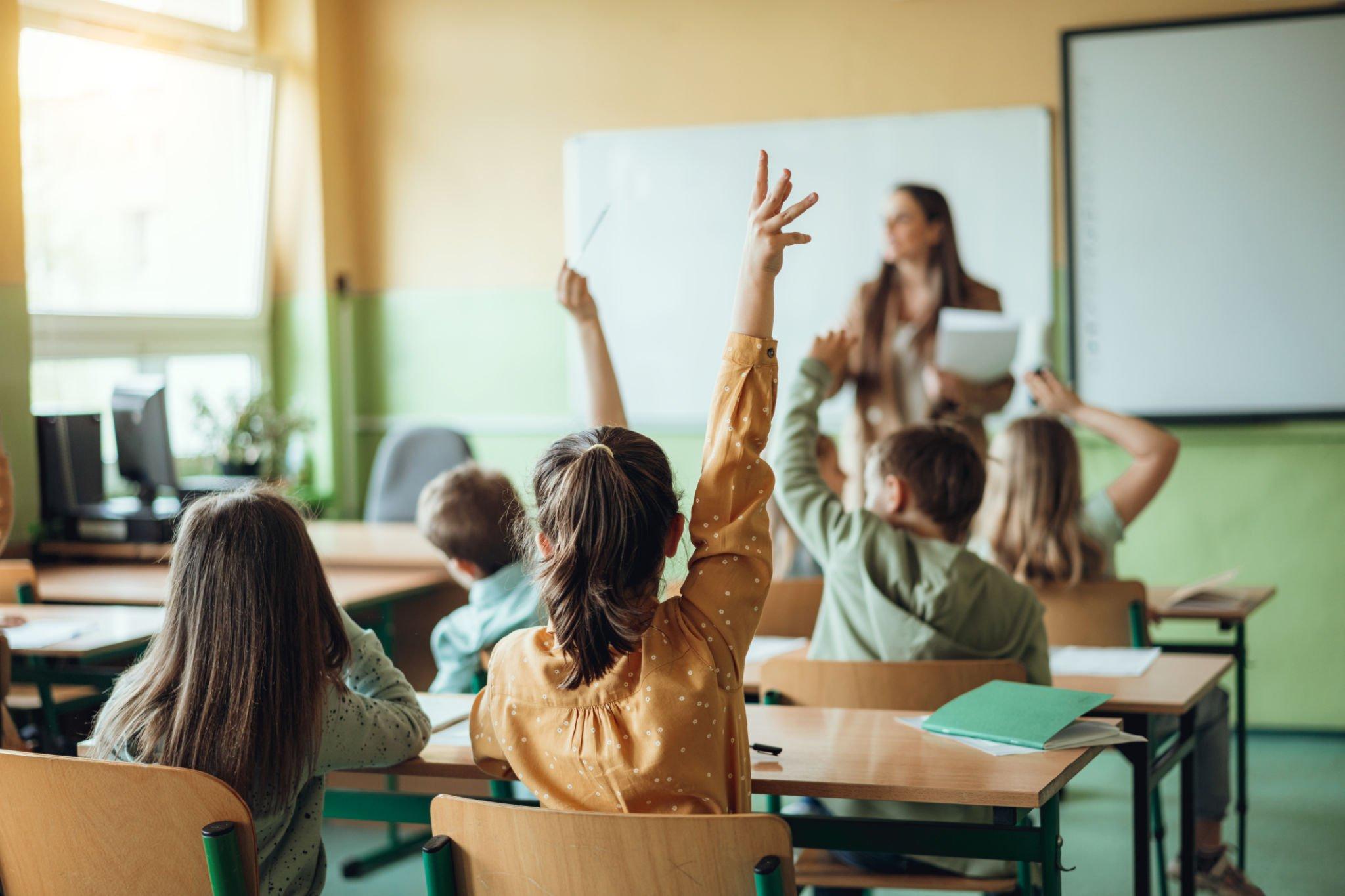In the digital age, education is evolving rapidly, with a significant emphasis on collaborative and interactive learning methods. One such approach gaining prominence is social learning. This article explores the concept of social learning in education, its theories, benefits, implementation strategies in online education, challenges, case studies, tips for effectiveness, and future trends.
Social learning, often described as learning through observation, imitation, and interaction with others, has become increasingly important in modern education. It emphasizes the role of social interactions in the learning process, acknowledging that individuals learn not only from formal instruction but also from their peers, teachers, and the environment. Incorporating social learning into online courses, especially for those seeking to do my online course for me, enhances the learning experience by fostering collaboration, critical thinking, and communication skills among students.
Understanding Social Learning
Definition and Concept
Social learning refers to the process of learning through observation, imitation, and interaction with others. It emphasizes the importance of social interactions in the learning process, acknowledging that individuals learn not only from formal instruction but also from their peers, teachers, and the environment.
Importance in Education
Social learning plays a crucial role in education as it fosters critical thinking, communication skills, and collaboration, which are essential for success in today’s interconnected world. By engaging students in group activities, discussions, and collaborative projects, educators can create a dynamic learning environment that promotes active participation and knowledge sharing.
Theories of Social Learning
Bandura’s Social Learning Theory
Albert Bandura’s Social Learning Theory posits that people learn by observing others’ behaviors, attitudes, and outcomes of those behaviors. He introduced the concept of modeling, where individuals imitate the actions of others they perceive as role models, thereby learning new behaviors.
Vygotsky’s Sociocultural Theory
Lev Vygotsky’s Sociocultural Theory emphasizes the role of social interaction and cultural context in cognitive development. According to Vygotsky, learning occurs within the zone of proximal development (ZPD), where learners can accomplish tasks with the support of more knowledgeable others, such as teachers or peers.
Benefits of Social Learning in Education
Collaboration and Teamwork
Social learning promotes collaboration and teamwork skills, as students work together to solve problems, share ideas, and achieve common goals. By collaborating with their peers, students learn to communicate effectively, negotiate differences, and develop a sense of collective responsibility.
Enhanced Communication Skills
Through social interactions, students improve their communication skills by articulating their thoughts, listening to others’ perspectives, and engaging in meaningful dialogue. Effective communication is essential not only for academic success but also for success in professional and personal endeavors.
Increased Engagement and Motivation
Social learning fosters a sense of belonging and community among students, leading to increased engagement and motivation. When students feel connected to their peers and educators, they are more likely to actively participate in learning activities, seek feedback, and take ownership of their learning journey.
Implementing Social Learning in Online Education
Utilizing Discussion Forums
Discussion forums provide a platform for asynchronous communication and collaboration, allowing students to engage in meaningful discussions, ask questions, and share resources. Educators can facilitate discussions by posing thought-provoking questions, moderating the conversation, and providing timely feedback.
Group Projects and Assignments
Assigning group projects and assignments encourages students to work together towards a common objective, promoting teamwork, problem-solving, and critical thinking skills. By dividing tasks and leveraging each other’s strengths, students can produce high-quality work and learn from their peers in the process.
Peer-to-Peer Learning Platforms
Peer-to-peer learning platforms enable students to learn from each other through peer mentoring, tutoring, and knowledge sharing. By creating a supportive environment where students can seek help, offer assistance, and exchange ideas, educators empower learners to take ownership of their learning and collaborate effectively.
Challenges and Solutions
Overcoming Barriers to Participation
Some students may be hesitant to participate in social learning activities due to shyness, language barriers, or lack of confidence. Educators can address these challenges by creating a safe and inclusive learning environment, providing opportunities for small group discussions, and offering support and encouragement to all students.
Addressing Technological Limitations
Access to technology and internet connectivity can be a barrier for students, particularly those from disadvantaged backgrounds. To address this issue, educators can provide alternative means of participation, such as offline activities, printed materials, or synchronous communication channels that require less bandwidth.
Case Studies
Successful Examples of Social Learning in Online Education
- Khan Academy: Utilizes peer tutoring and interactive exercises to facilitate learning.
- Coursera: Offers discussion forums, peer-reviewed assignments, and collaborative projects in online courses.
- Edmodo: Provides a secure social learning platform for K-12 classrooms, enabling teachers and students to communicate, collaborate, and share resources.
Tips for Effective Social Learning
Establishing Clear Guidelines
Set clear expectations and guidelines for participation in social learning activities, including communication etiquette, respect for diverse perspectives, and academic integrity. By establishing a framework for collaboration, educators can ensure that students understand their roles and responsibilities.
Encouraging Active Participation
Encourage active participation by posing open-ended questions, fostering discussions, and acknowledging contributions from all students. Create opportunities for students to share their experiences, insights, and reflections, and provide positive reinforcement to reinforce desired behaviors.
Providing Constructive Feedback
Offer constructive feedback to students on their contributions, highlighting strengths and areas for improvement. Encourage peer feedback and self-assessment, empowering students to reflect on their learning journey and make meaningful progress towards their goals.
Measuring the Effectiveness of Social Learning
Assessment Methods
Evaluate the effectiveness of social learning using a variety of assessment methods, including peer evaluations, self-assessments, quizzes, and project-based assessments. Consider both qualitative and quantitative measures to gauge student engagement, collaboration, and learning outcomes.
Analyzing Student Performance
Monitor student performance and progress throughout the learning process, identifying trends, challenges, and areas for intervention. Use data analytics tools to track participation rates, discussion quality, and academic achievement, informing instructional decisions and interventions as needed.
Future Trends in Social Learning
Integration of AI and Machine Learning
Harness the power of artificial intelligence (AI) and machine learning to personalize learning experiences, recommend relevant resources, and provide real-time feedback to students. By leveraging adaptive learning algorithms, educators can tailor instruction to meet individual needs and preferences, enhancing the effectiveness of social learning.
Personalized Learning Experiences
Shift towards personalized learning experiences that cater to each student’s unique interests, abilities, and learning styles. Empower students to set their own learning goals, explore topics of interest, and collaborate with peers on projects that align with their passions and aspirations.
Conclusion
In conclusion, social learning offers a dynamic and interactive approach to education, promoting collaboration, communication, and critical thinking skills among students. By embracing social learning strategies, educators can create engaging learning environments that foster active participation, knowledge sharing, and meaningful connections among learners. As technology continues to evolve, the future of education lies in harnessing the power of social learning to empower students and cultivate lifelong learners.
FAQs
What is social learning?
Social learning refers to the process of learning through observation, imitation, and interaction with others. Emphasizing the role of social interactions in the learning process.
How does social learning benefit students?
Social learning promotes collaboration, communication, and critical thinking skills, leading to increased engagement, motivation, and academic success.
Can social learning be implemented in traditional classrooms?
Yes. Social learning can be implemented in traditional classrooms through collaborative activities, group projects, and peer interactions facilitated by the teacher.
What role does technology play in social learning?
Technology plays a crucial role in social learning by providing platforms for communication, collaboration. And knowledge sharing, enabling students to connect and learn from each other regardless of physical location.
How can educators encourage participation in social learning activities?
Educators can encourage participation in social learning activities. By creating a supportive and inclusive learning environment, establishing clear expectations, and providing opportunities for meaningful engagement and feedback.



